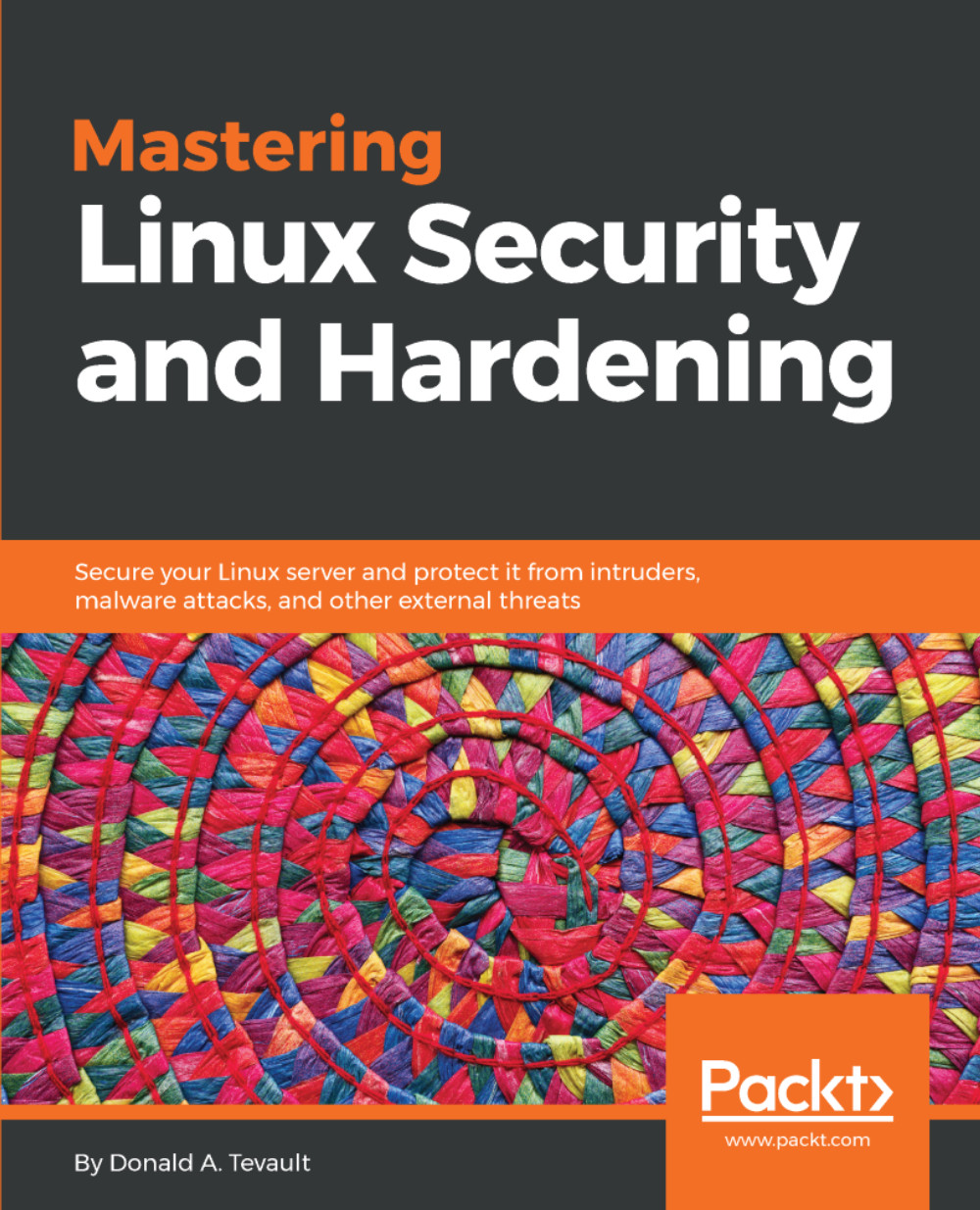A common misconception is that Linux users never need to worry about malware. Yes, it's true that Linux is much more resistant to viruses than Windows is. But, viruses are only one type of malware, and other types of malware can be planted on Linux machines. And, if you're running a server that will share files with Windows users, you'll want to make sure that you don't share any virus-infected files with them.
While Linux system log files are nice, they don't always give a good picture of who does what or who accesses what. It could be that either intruders or insiders are trying to access data that they're not authorized to access. What we really want is a good auditing system to alert us when people do things that they're not supposed to do.
And then, there's the issue of regulatory compliance. Your organization...



